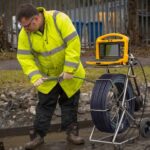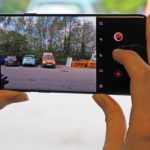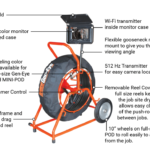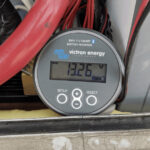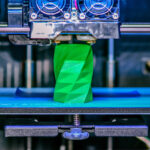Temperature has presence in various applications: to check for illness, to determine if cars are overheating or foods are cooked well, etc. To measure the temperature, there are many traditional devices that can be used, most of which provide a temperature reading in a form of a number. But instead of a number display, there is a device called thermal imaging camera which displays a temperature reading in a form of a picture.
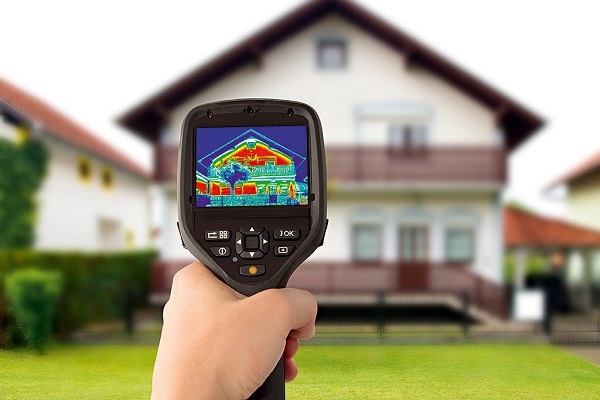
Thermal imaging, or thermography, is a specific technique that provides an image of the invisible infrared light, emitted by objects, using a thermal imaging camera. This device is rapidly becoming a must-have tool in home inspection industry, where it is used to check the building performance, possible problems or defects, locate leaks, determine insulation condition, etc. Since it is relatively a new device, people are not familiar with how thermal imaging camera works. Here are the most commonly asked questions about thermal imaging cameras.
Can I use a thermal imaging camera as a plumbing leak detector?
Yes. Since thermal imaging cameras have a big temperature difference sensitivity, they are able to detect if there is a plumbing leak.
Do thermal imaging cameras see through walls?
No. Many users of thermal imaging cameras believe that they can see through walls, while what they can actually see is the transmitted thermal energy. If you look with a thermal imaging camera at the interior walls of your home while the weather is cold outside, you will see the wall studs. In other words, you are only seeing the different temperatures on the surface.
Can they detect air leaks?
Just as with the plumbing applications, thermal imaging cameras can also detect air leaks what is directly related to the sensitivity of the camera. Since the required temperature change is slight, it can detect draft areas around doors and windows.
Can they detect moisture?
Since moisture retains thermal energy differently, you can detect moisture with a thermal imaging camera and pick up the temperature differences. Just make sure to double check a potential spot of moisture with a moisture meter.
What is PIP?
Many users of thermal imaging cameras ask what is PIP. It is a Picture-in-Picture technology that allows users to overlay a single thermal image on top of a regular digital image. There are models that allow you to blend the digital and thermal picture, so you can increase the visibility of the thermal image.
What is the biggest differences between the thermal imaging camera prices?
Resolution. With thermal imaging cameras it is all about resolution and the higher the resolution, the better the thermal image. Also, a more expensive camera, or camera with a better resolution, is able to get a better picture at a greater distance.

